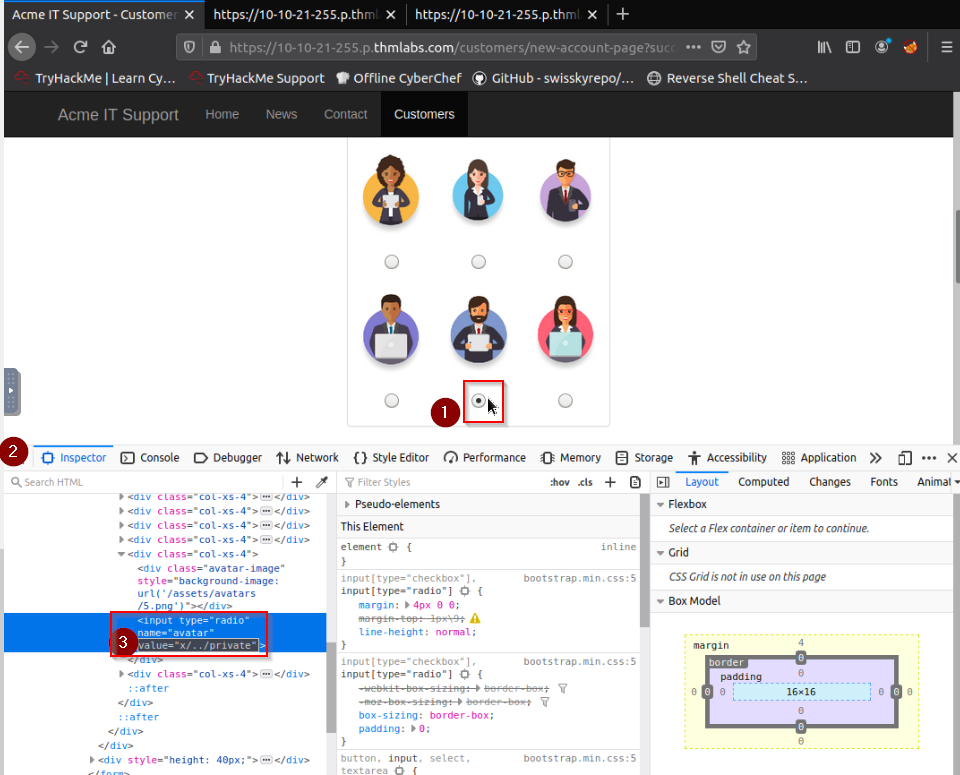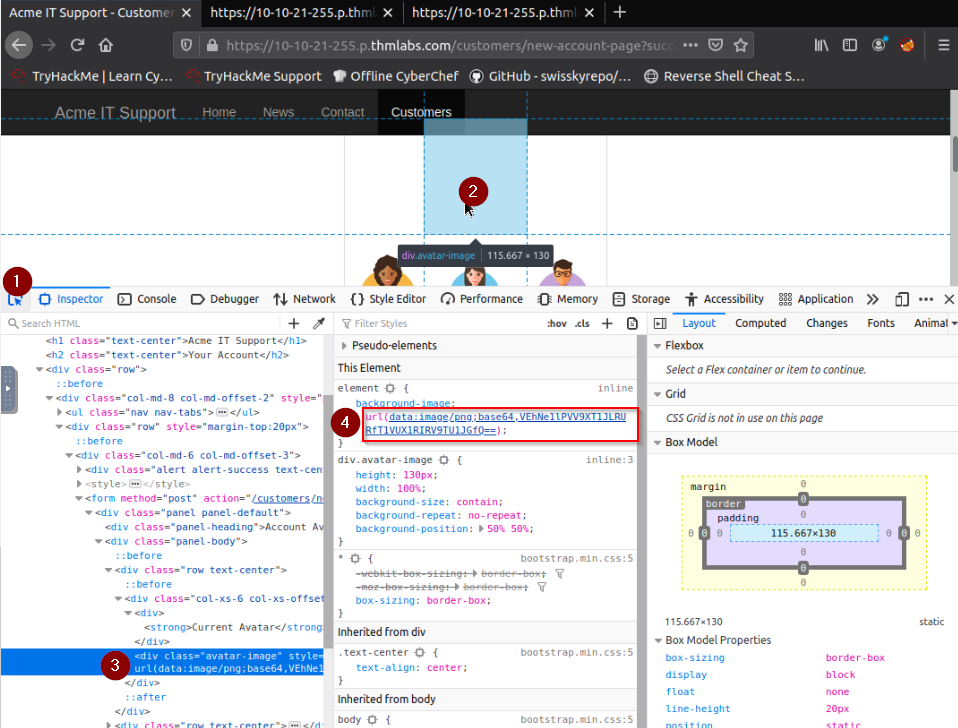Learn how to exploit Server-Side Request Forgery (SSRF) vulnerabilities, allowing you to access internal server resources. THM Room https://tryhackme.com/room/ssrfqi
TASK 1 : What is an SSRF?
What does SSRF stand for?
Answer : Server Side Request Forgery
As opposed to a regular SSRF, what is the other type?
Answer : Blind
TASK 2 : SSRF Examples
What is the flag from the SSRF Examples site?
I tried :
1
https://website.thm/item/2?server=server.website.thm/flag?id=9
But it return a 404. We need to escape to rest of the remaining path with &x= ; The request is now :
1
https://website.thm/item/2?server=server.website.thm/flag?id=9&x=
Answer : THM{SSRF_MASTER}
TASK 3 : Finding an SSRF
What website can be used to catch HTTP requests from a server?
Answer : requestbin.com
TASK 4 : Defeating Common SSRF Defenses
What method can be used to bypass strict rules?
Answer : Open Redirect
What IP address may contain sensitive data in a cloud environment?
Answer : 169.254.169.254
What type of list is used to permit only certain input?
Answer : Allow List
What type of list is used to stop certain input?
Answer : Deny List
TASK 5 : SSRF Practical
What is the flag from the /private directory?
First, you need to create an account then set up an avatar.
Afterwards, you can edit the HMTL calue for the radio button to x/../private and update your avatar :
You normally have a blank avatar and when you inspect the source code you’ll see a base64 encode url for the avatar :
Decoding from Base64 the string “VEhNe1lPVV9XT1JLRURfT1VUX1RIRV9TU1JGfQ==” give you the flag.
1
2
3
┌──(kaliuser㉿kali)-[~]
└─$ echo "VEhNe1lPVV9XT1JLRURfT1VUX1RIRV9TU1JGfQ==" | base64 -d
THM{YOU_WORKED_OUT_THE_SSRF}
Answer : THM{YOU_WORKED_OUT_THE_SSRF}



